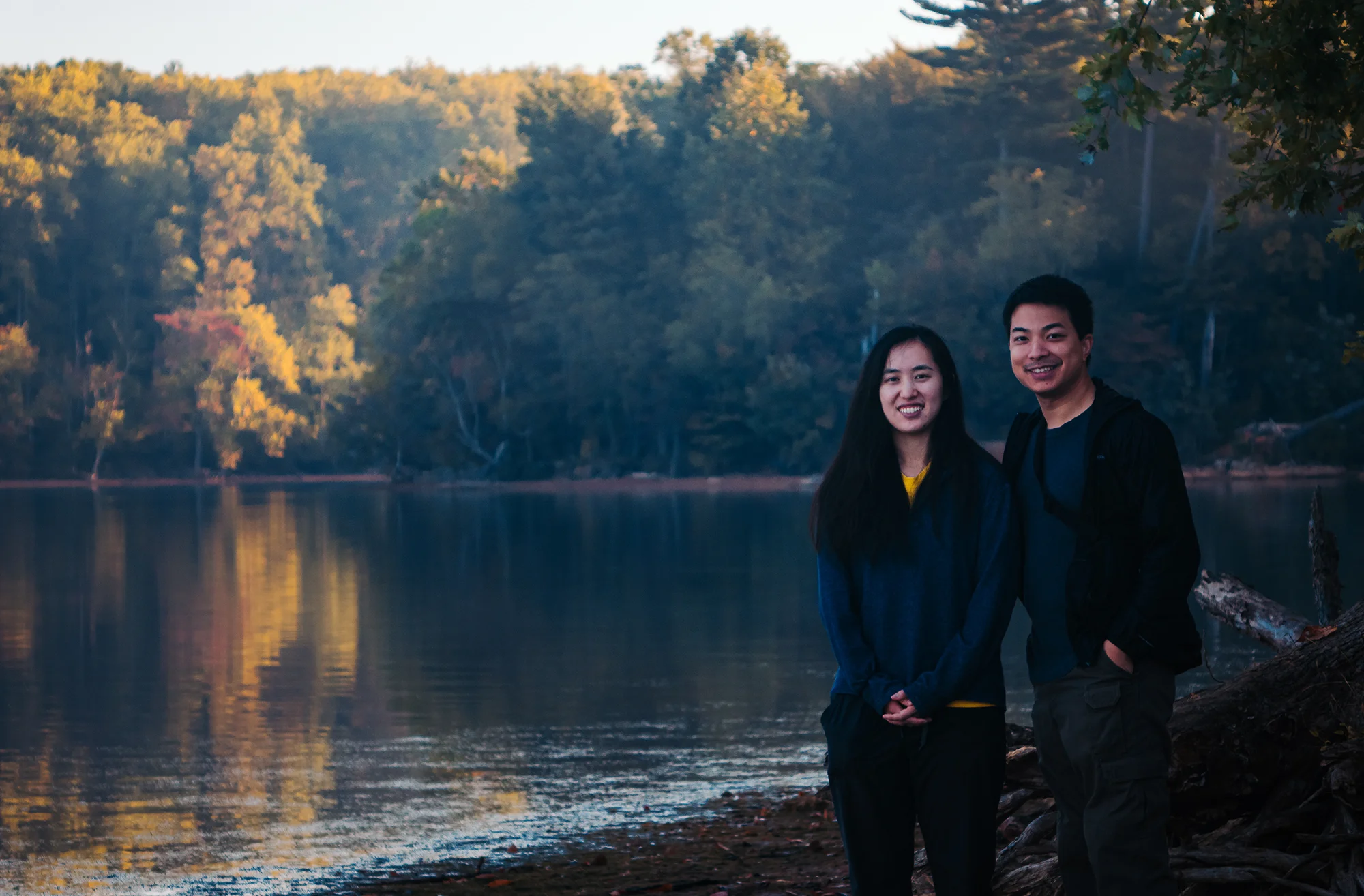Autumn is always a bittersweet time - a season that symbolizes, above all else, transition and impermanence. It is my favorite season, and a deeply meaningful time to me, as I’ve noted several times in the Mid-Atlantic series and elsewhere. It’s when the natural world is loveliest, with its fleeting foliage, its migrant birds, and its shifting winds and weather patterns. It’s when I capture some of my favorite photographs. It means the holiday season is upon us. And it means that another year has gone, and that another is coming - that the world is ever-changing. And while each autumn may bear these similarities to the autumns before it, life must also go on.
This year’s autumn is particularly bittersweet, because at the time of this writing (November 9th, 2019), I do not know whether this will be Jane’s and my last autumn here in Maryland. My training years are coming to a close, and the wider world is beckoning for the first time in a very long time. It hasn’t felt like a very long time. I still remember the first red-eye flight to Baltimore from Los Angeles like it was yesterday. Wearing my duck-shaped airplane pillow, I leaned against the plastic window pane all night, sleeplessly. It is hard to sleep when you know that you are embarking on the journey of a lifetime. The next day, reuniting and moving in with Jane, learning how to cook. The next year, getting in shape again, and running my first half-marathon. Growing as a person, a photographer, a husband, and a physician. The cats. In just a few short months, eight years of our lives will have come and gone in a flash. Were it not for photography, I might not have noticed.
I badly wanted this autumn - what could be our last in the Chesapeake - to be a tour de force for my woodland photography. An encapsulation of everything I learned over the years and everything that I love about this region. In a few months, I wanted to be able to look back and see these photographs as a powerful re-affirmation of my place in Maryland, or as a heartfelt farewell letter, to a beautiful place that I called home. All summer, I mapped out dates and locations from September through early November. But fate had other plans. The region's foliage dulled and disappeared in the face of a fickle wind. The Indian summer never materialized. The season’s last thunderstorms fell precisely on weekends. Training runs, and the Baltimore Running Festival itself, took up many mornings. And a fortuitous October trip to the Adirondacks during their peak season wound up absorbing much of my creative time and energy.
In the end, my grand plans weren’t meant to be. Instead, we went out and explored whenever we could, wherever we wanted. The result is an autumn set much like the ones before it - simple moments in time. Little things that I found beautiful. Places that I hope to remember and cherish. If this truly is a swan song for the Mid-Atlantic series, I can think of no more fitting way to end it.
———
The photos in this series were taken on three occasions:
September 14, 2019: A pleasant stroll around the periphery of Lake Roland. Just inside the county line, it is less than fifteen minutes from our home, but Jane and I have never been. I test the reach of my new camera (Sony RX-10 II), and we watch the dog-walkers go by. The local association sets up for a community gardening sale.
September 29, 2019: Sunrise at Loch Raven. This time, we park on Loch Raven Drive, at the southern reaches of the lake. Early autumn colors are beginning to appear along the shoreline, amplified by the amber sidelight of the morning sun. We see a lesser blue heron, a flock of Canada geese, and a single osprey guarding its nest atop a tall, lonely oak tree on the nearby island. Jane and I take portraits together while a local fisherman works the water. He and the heron are both successful.
November 2, 2019: Another visit to my favorite place - a tiny spit of land jutting into Liberty Reservoir, accessed by a short footpath off Deer Park Road. After a series of rainy, busy, or traveling weekends, we are too late for peak colors this year. We stand for awhile and watch the morning mist rolling off the water. I take a photo anyway - for old times’ sake.









































